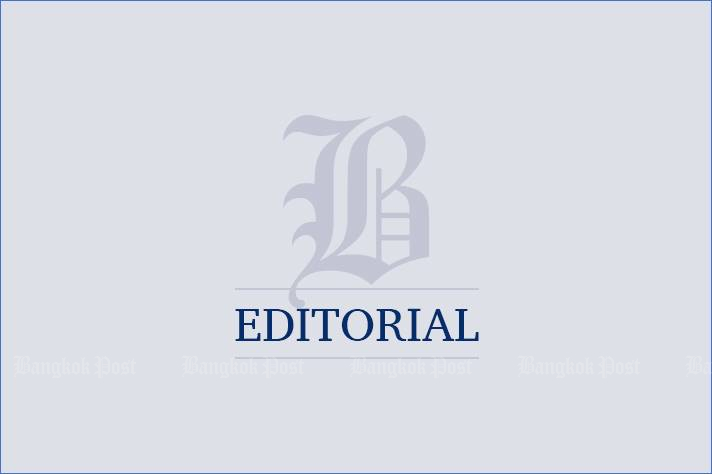
The work of some overzealous journalists who covered the mass shooting by a non-commissioned soldier on Saturday in Nakhon Ratchasima sparks serious questions about poor judgement, if not breaches of ethics.
Over the past few days those journalists, sent by TV stations, have come under fire for their tell-all live coverage of the tragic incident in which 29 innocent people lost their lives and 50 were injured.
The attacker, 32-year-old Jakrapanth Thomma, a sharpshooter at the Surathampithak army camp, stormed the Terminal 21 shopping centre and opened fire indiscriminately before being killed by security forces after a 17-hour shooting spree.
The shooting drew media to the spot while rescue operations were still under way, putting the rescue attempts in great difficulty.
Some of those providing the live coverage crossed the line between professional coverage and intrusive behaviour which put lives at risk.
Teams from at least three TV stations are under fire for hindering police work. Critics including broadcast regulators say they compromised the rescue operation and put the lives of victims at risk for the sake of TV ratings.
Some stations presented the mall's floor plan and indicated the victims' hiding spots as well as presenting the rescue operation in detail, such as what the police would do in the next few minutes, raising fears the attacker would get wind of the information and evade the authorities.
Some observers said passion may have driven those reporters to go to the front lines. But it is undeniable that fierce competition among digital TV operators, and desperate yearnings for high ratings, played a crucial role in their coverage of the shooting drama.
In the wake of the massacre, broadcasting authorities, spearheaded by the National Broadcasting and Telecommunications Commission (NBTC), have been in a rush to launch a plan to draft a code of conduct for TV channels covering crisis situations.
The NBTC held an urgent meeting with digital TV operators on Tuesday to discuss TV coverage of the deadly shooting. The agency said the code of conduct draft is expected to be finished in three weeks.
The NBTC complained some cable TV news channels ignored orders to halt live broadcasts of the security operation.
Lt Gen Perapong Manakit, chairman of the NBTC subcommittee in charge of broadcast scheduling and content, said the new standards would be based partly on regulations in the United States, Germany and Great Britain.
He said while live TV coverage of violent events will not be banned, restrictions on broadcasters' behaviour will be ironed out. This is indeed a good move.
But the authorities should not limit themselves to TV channels. Instead, they should also look into the work of the print media which must share the blame for irresponsible coverage.
Some of it could be seen as encouraging copycat crimes. Some newspapers also lacked sensitivity in the way information was presented, and showed a lack of respect for the deceased and their families.
Journalists and their editors should give priority to saving lives, not just their own gains in getting the news out at all cost. Taking a step back could help the authorities save lives, even if it means coverage has to be a bit slower. On top of that, newshounds should know freedom is not without limits and must go hand in hand with responsibility.
